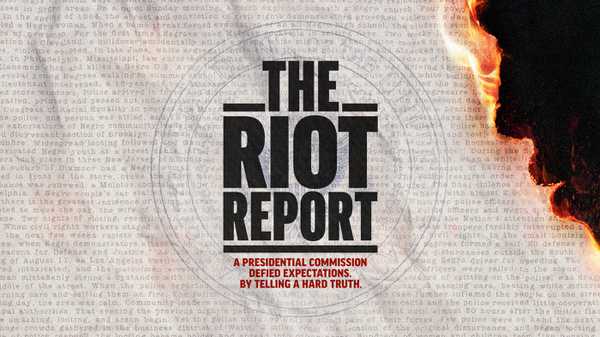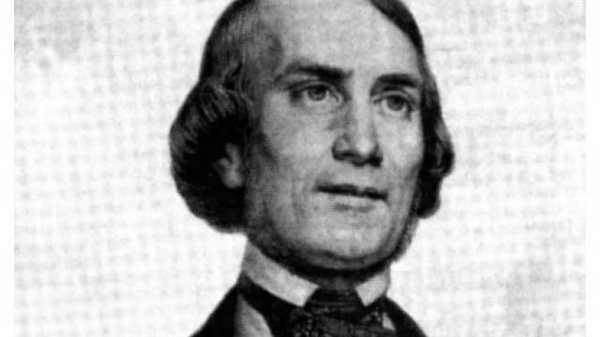Harry Kellar (1849-1922)
Although Houdini his name from the great Robert-Houdin, his true professional father was Harry Kellar, one of the great American magicians of all time. Houdini’s career paralleled Kellar’s in a number of ways, and the two men shared a strong bond of friendship in Kellar’s later years.
The great globe-hopping illusionist was born Heinrich Keller in Erie, Pennsylvania in 1849, the son of German immigrants. Kellar showed a strong will from the start, playing dangerous games of "chicken" with oncoming trains to the delight of his friends. But when a chemical experiment went wrong and he blasted a whole in the floor of the drugstore where he apprenticed, ten-year-old Harry hopped aboard a freight train rather than face his stern parents. From then on, he would live the life of a wanderer.
After a series of odd jobs, the boy was taken in by a kindly minister in upstate New York, who offered to adopt him if he would study for the ministry. But when they went to see a traveling show, Kellar was enchanted by the conjuring of "The Fakir of Ava," and as he later confided to Houdini, "immediately got the urge to go on the stage . . . became very restless, bought books on magic and finally left my friend and benefactor." Harry tracked down the "Fakir," became his assistant, and began his professional training.
As he soon discovered, the life of an itinerant magician was not easy. His first solo performance, in Dunkirk, Michigan, at the tender of age of sixteen, was a disaster. But two years later Kellar tried again with better results, and was on his way. Always broke, he often had to duck creditors and improvise equipment borrowed from locals. But in the spring of 1869, the worn-out twenty year old made a decision that would have a great impact on his career. He took a job with the renowned "Davenport Brothers and Fay," later revered by magicians as the first successful stage mediums, whose innovations laid the foundation for Houdini’s own escape act.
The modern Spiritualist movement was born in upstate New York when the Fox sisters attracted attention by producing raps and other strange sounds through contact with spirits. Their neighbors from Buffalo, the Davenport brothers, upped the ante by permitting themselves to be bound to seats in a large wooden cabinet on stage, then marshaling unseen forces to strum guitars, ring bells, and hurl tambourines through the dark. Working with them for several years, first as an assistant and later as business manager, Kellar learned all he could from the Davenports before striking out on his own again in 1873, taking Mr. Fay with him.
Combining Kellar’s old magic tricks with a Davenport-inspired séance, Kellar and Fay embarked on a long and successful tour through Canada, Mexico, and South America. In 1875, after a shipwreck on their trip to England left them destitute on arrival, Fay left to rejoin the Davenports. Rather than give up, Kellar formed a new troupe called "The Royal Illusionists," a name copied from London’s famous Maskelyne and Cooke. Over the next thirty years, through ceaseless travel and great skill, he would become one of the best known magicians in the world.
Lacking the virtuoso dexterity of rivals like Herrmann the Great (with whom he would carry on a bitter competition before they finally reconciled and became friends), Kellar’s great strength was his presentation. Constantly on the lookout for new tricks, Kellar’s innovative, lavish productions won him admiration all over the world. When the great Robert Heller died prematurely in 1878, Kellar inherited the mantle of "greatest American magician," and wore it proudly. Looking to slow down as he neared sixty, Kellar passed the torch to the talented Howard Thurston, who along with Houdini would dominate American magic in the early part of the twentieth century.
Houdini became a frequent guest at Kellar’s estate in Los Angeles, and the two became great friends. Much of what is known about the old master comes through Houdini, who conducted several interviews as part of his effort to chronicle the history of their craft. Long after Kellar had retired and just a few years before his death, Houdini cajoled his friend on stage for a mammoth show to benefit the families of the men who died when the troop transport Antilles was sunk by a German U-boat. Never one for understatement, Houdini arranged for Kellar to be literally carried off in triumph after his final public performance, as six thousand spectators sang "Auld Lang Syne." It was a fitting end to a truly magical career.



